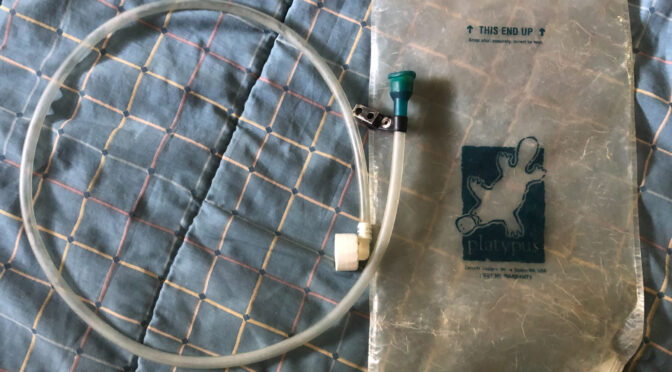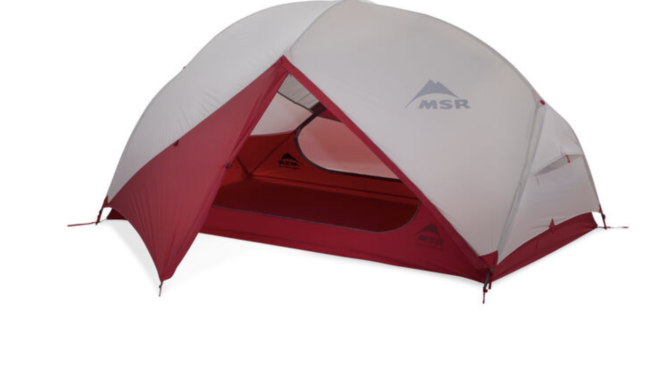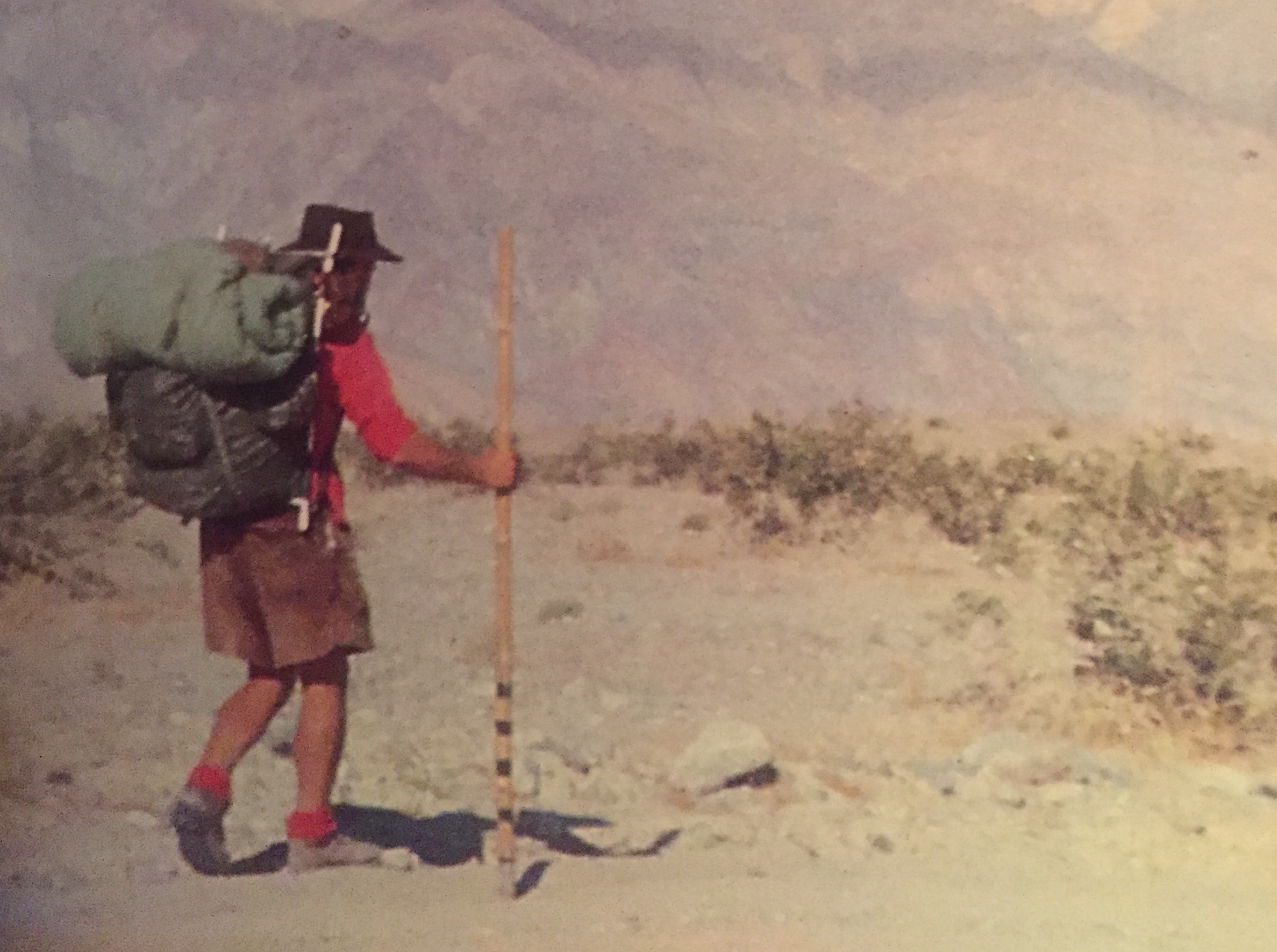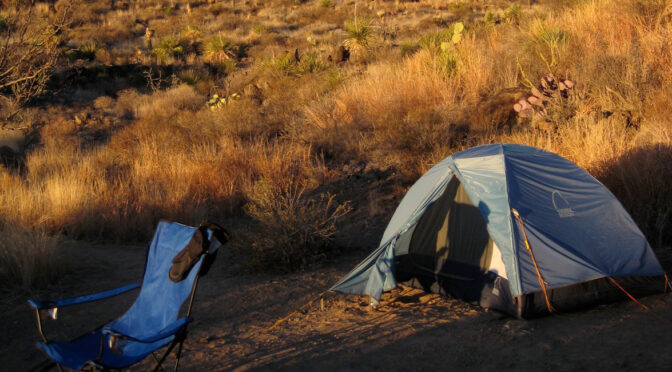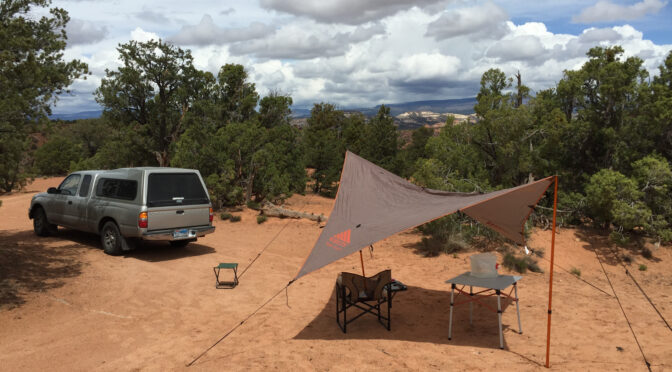I was trying to explain to someone why I had so many copies of Colin Fletcher’s Complete Walker series. It started in 1984 while I was working offshore. One of my trainees, an experienced backpacker whom I had been grilling for information on the hows and wheres of backpacking, noticed my subscription book club had the new, third edition of The Complete Walker available and suggested I order it. So I did.
Continue reading Book Learnin’Category Archives: Gear
GEAR: Hydration Upgrade
After my somewhat unfortunate experience with water on my Shumard backcountry trip, I reconsidered my hydration options and decided to look into upgrading. Not only the technology/materials of the reservoirs themselves, but also strategy. E.g. is it wise to store critical water in a single point of failure reservoir, or spread it out in several containers? Or is it worthwhile sometimes to pre-cache emergency supplies?
My old Platypus 3 liter reservoir, which had performed admirably for years (including my 2002 John Muir Trail through hike) didn’t seal properly and dumped quite a bit of precious water in my pack. While it was fine technology-wise for ca. 2000, it is a bit unwieldy. 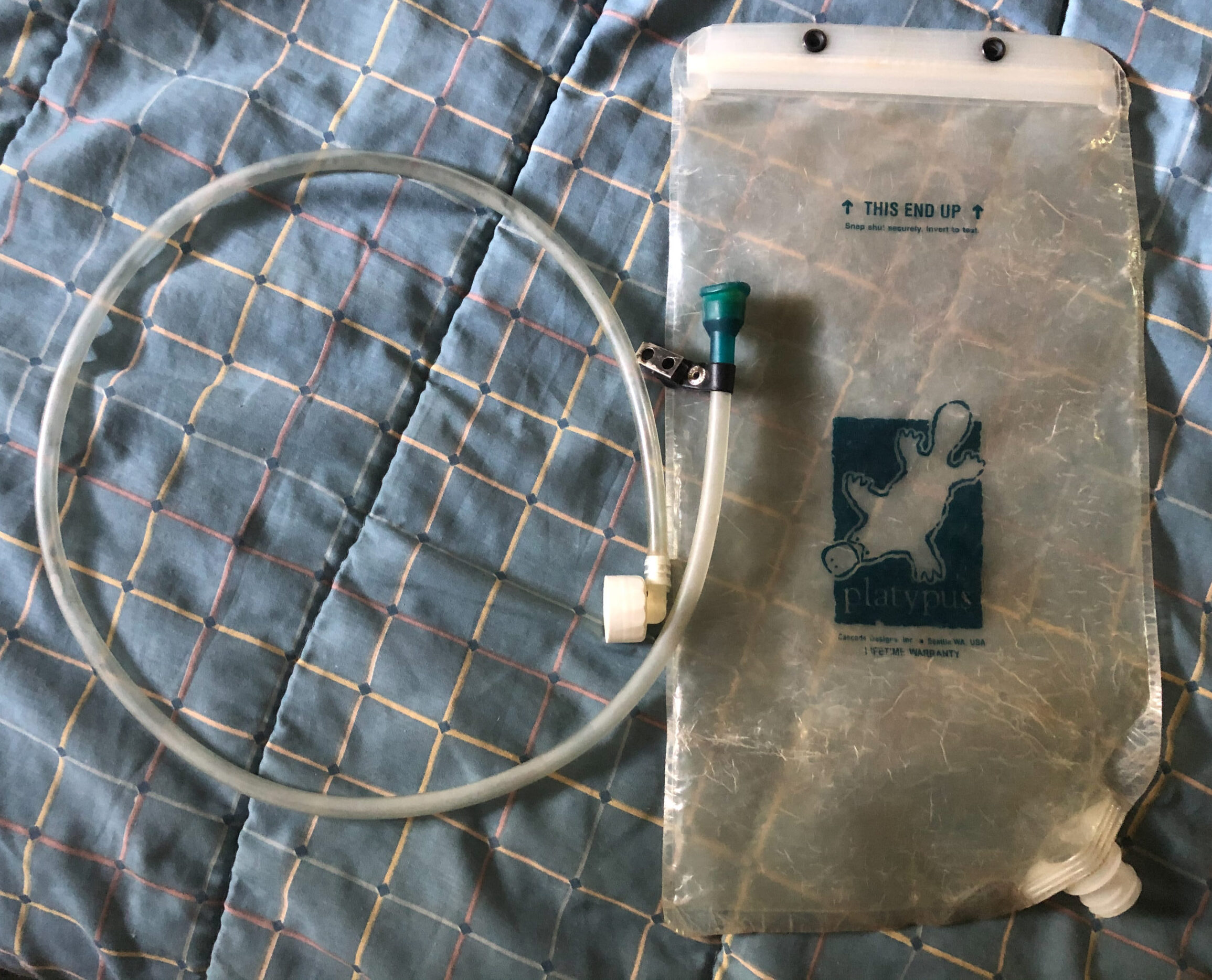
The material is stiff, and the press-together seal can be difficult to manage.
I’ve since acquired two more reservoirs–an MSR 4 liter DromeLite, 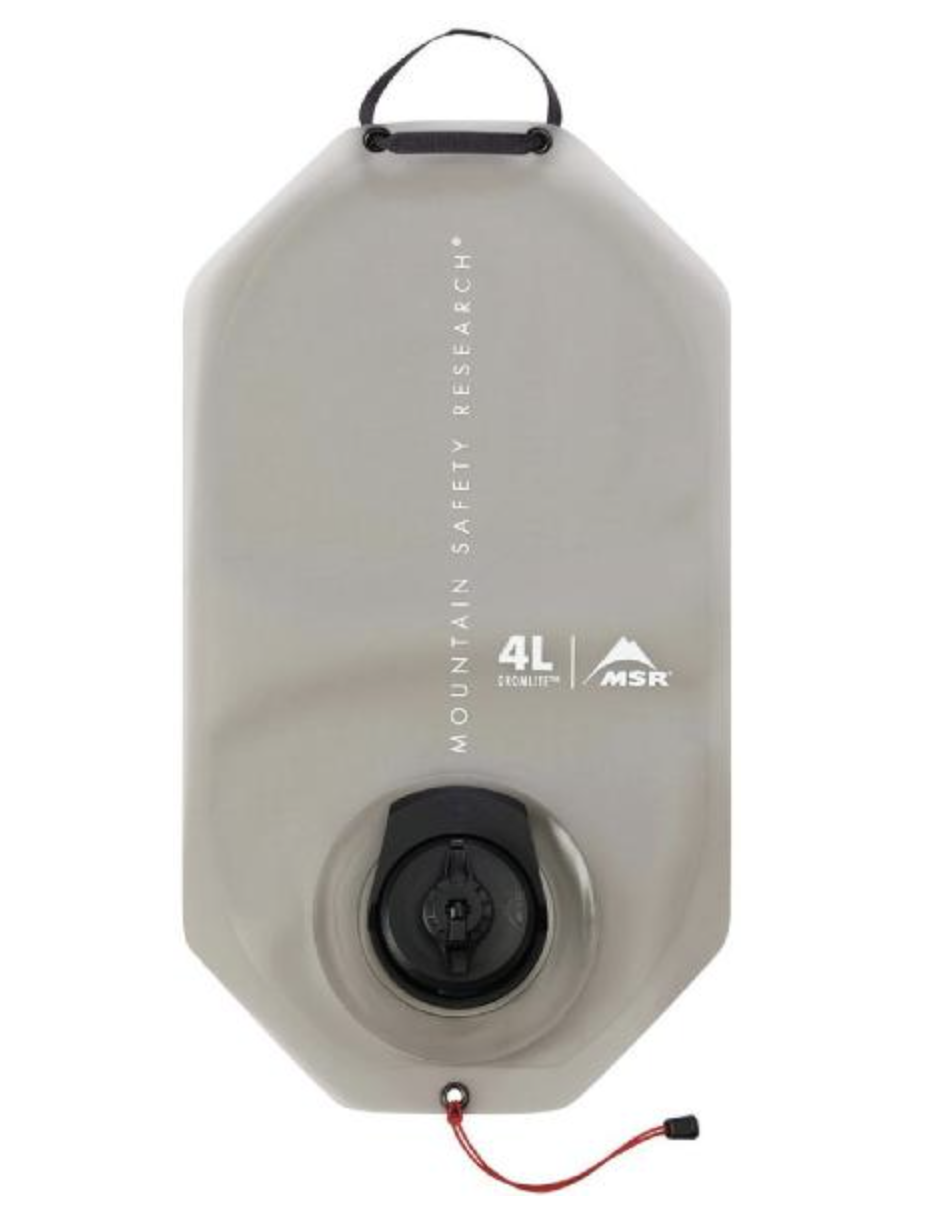
and a Gregory 3D (3L) Hydro Reservoir.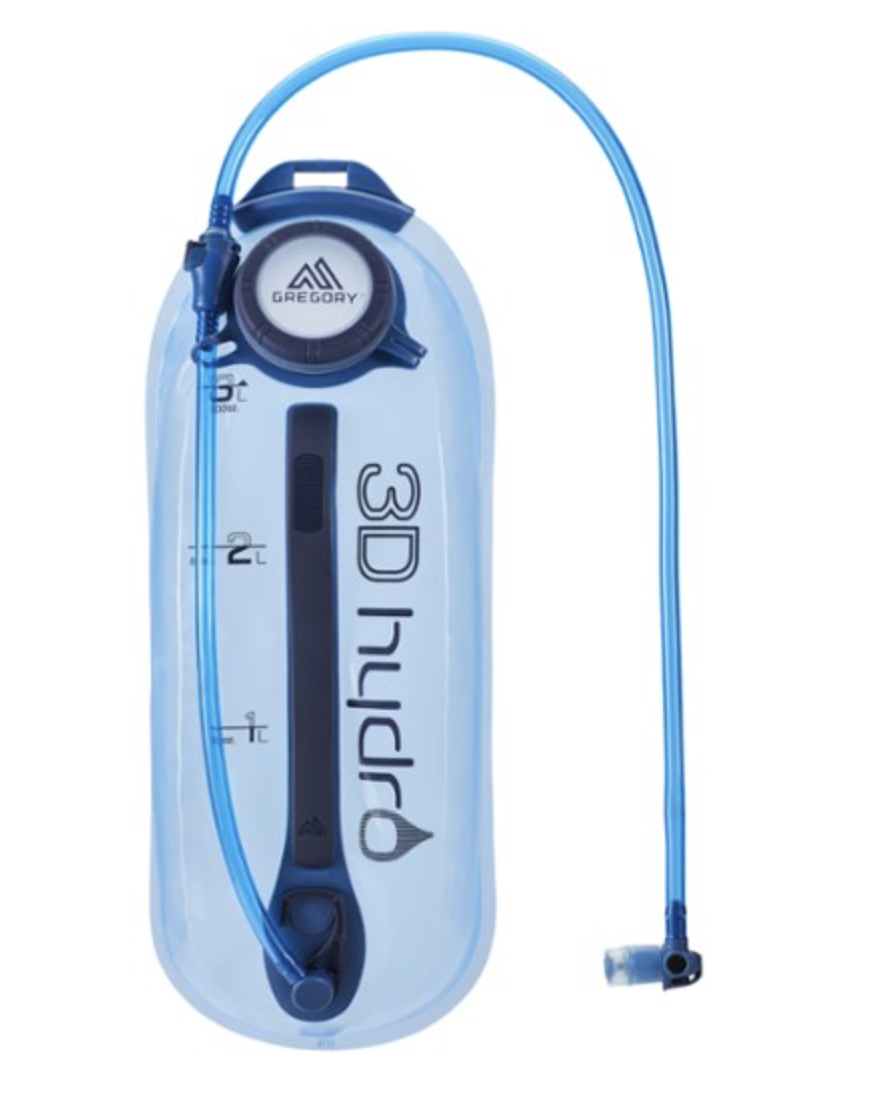
I’ve been using both on conditioning hikes and have a few observations:
Continue reading GEAR: Hydration UpgradeNew Gear: Tent MSR Hubba Hubba NX (2019)
Hubba Hubba NX (2019)
$299 from Enwild (formerly Backcountry Edge)
This was a really good price on a pretty much state of the art tent. It’s not super light, but I thought I’d give it a try. If I want to go really light and am confident in the weather, I’ll just use my bivy. The Hubba Hubba will be for times when I really want to bring a tent.
I seam sealed the fly myself. I set it up a few times to familiarize myself with it. It was a little confusing because the instructions included refer to the previous version of the tent which had a bit different looking tent pole spoke and also color coded webbed straps; this one has NO color coding, which is fine, except I kept comparing the instructions to how my tent looked and finally asked MSR support about it; whoever handles the MSR social media support link had no idea what I was talking about and kept telling me “No, you don’t need color coding!” (The instructions shouldn’t say so then, if you ask me.)
New Gear: Cookset
I recently bought a couple of new cooksets; one more for camping, one for backpacking.
MSR Trail Mini Duo

From backcountry.com $49.95.
I was looking for something strictly for backpacking that would meet my specific requirements/preferences. Light and functional and easily packable. My current ones are 15-20 years old, one is stainless one is titanium, but neither are quite what I want. (I use the titanium non-stick for my car-camping nowadays.) I almost never bring a white gas stove any more. And I haven’t cooked anything (in the backcountry) that required more than simply boiling water in over twenty years.
So I saw a decent review on outdoorgearlab for this MSR Trail Mini Duo, and snapped one up. It’s designed to hold everything internally, including pressured gas canister and stove. One user complained that the synthetic upper ring melted. I’ll update this after trying it out in the field.
Bugaboo Base Camper (Large) from GSI
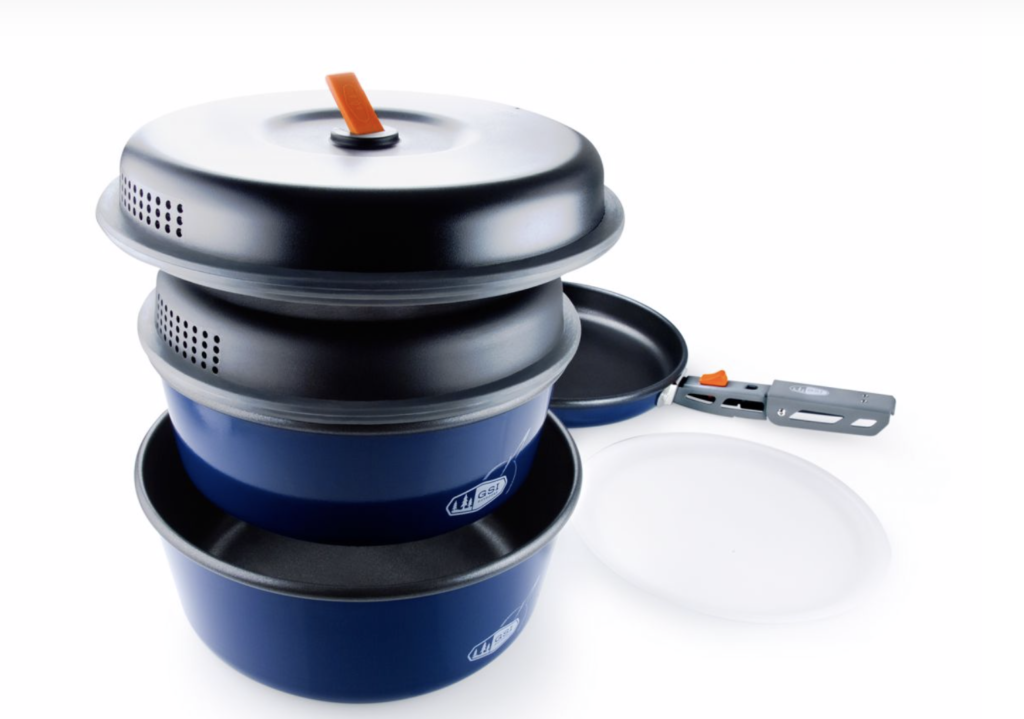
https://gsioutdoors.com/bugaboo-base-camper-large-four-person-camp-cookset.html
I got this more for car-camping. And a easy to pack frying pan with a lid that fits; all I have otherwise is a heavy frying pan and a very heavy glass lid, both awkward to tote around, even for car camping cooking.
Although I haven’t used it yet I can already report that I broke the little folding handle on the top of the largest lid the first time I took it out of the box, so yeah it’s pretty flimsy.
UPDATE: The local REI replaced the cookset with the broken orange plastic handle. But beware; the “new” set they gave me didn’t have the included potholder. Good thing I double-checked before leaving the store.
How to store stuff outside your pack
This page has some good advice on and descriptions of ways to attach gear on the outside of your backpack. Sectionhiker.com
Colin Fletcher
History of Backpacking Gear
The “History of Gear Project” site is remarkable!
This guy has, crudely in some respects, patched together an interesting series of pages and links on the historical roots of most backcountry gear and gear companies today. A lot of this information is not easily found even with today’s wide-reaching search algorithms.
From the origins of companies like Sierra Designs, legendary Berkeley-based Ski Hut, little-known Oregon outfits…if you have any interest at all in how what you carry on your back came to be you’ll be engrossed in these pages.
Tents
Here are some of the tents I’ve used:
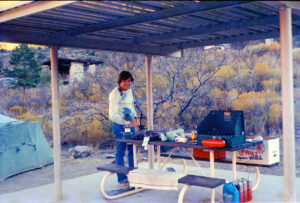
First tent I ever owned started out as a loaner from a friend of Dad’s. Not mine, but similar to this one I found on eBay.

Using a tarp for car camping
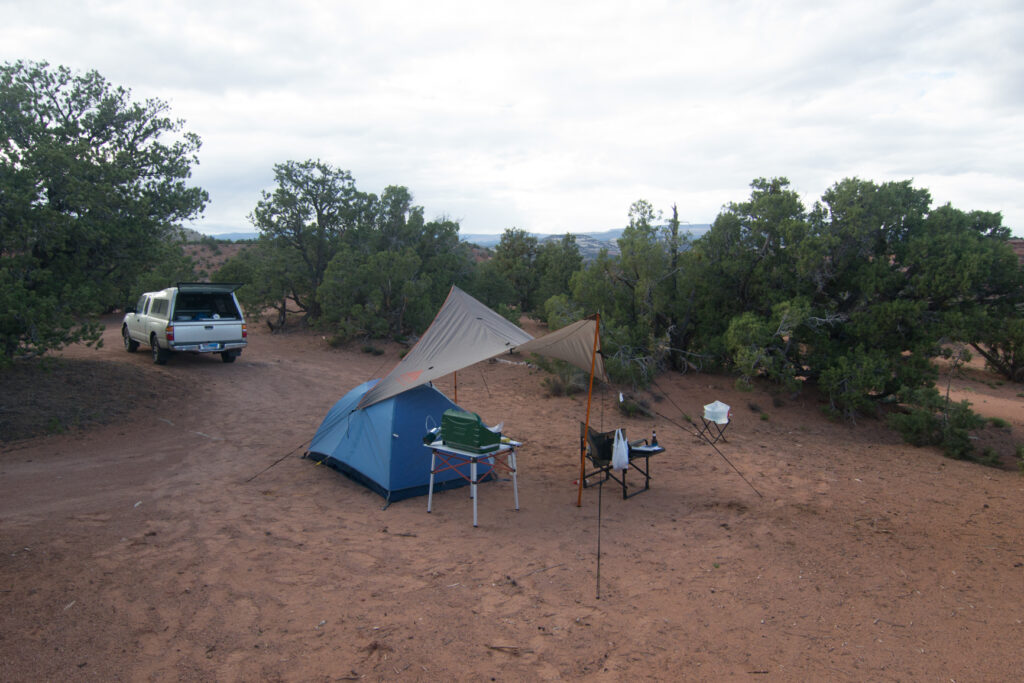
It’s taken me a few years to figure this out. I’ve had a cheap old tarp in the past which I’ve almost never used; then, before my John Muir Trail hike I picked up a ultra-light Sil-Tarp (below) which was marginally effective but I still never really got the hang of pinning it down in the wind.

And then here, below, is the cheap one I got in Hanksville, because it rained almost every day in the Escalante National Monument. But these cheap tarps are also unwieldy in the wind and tend to collect rather than shield rain.
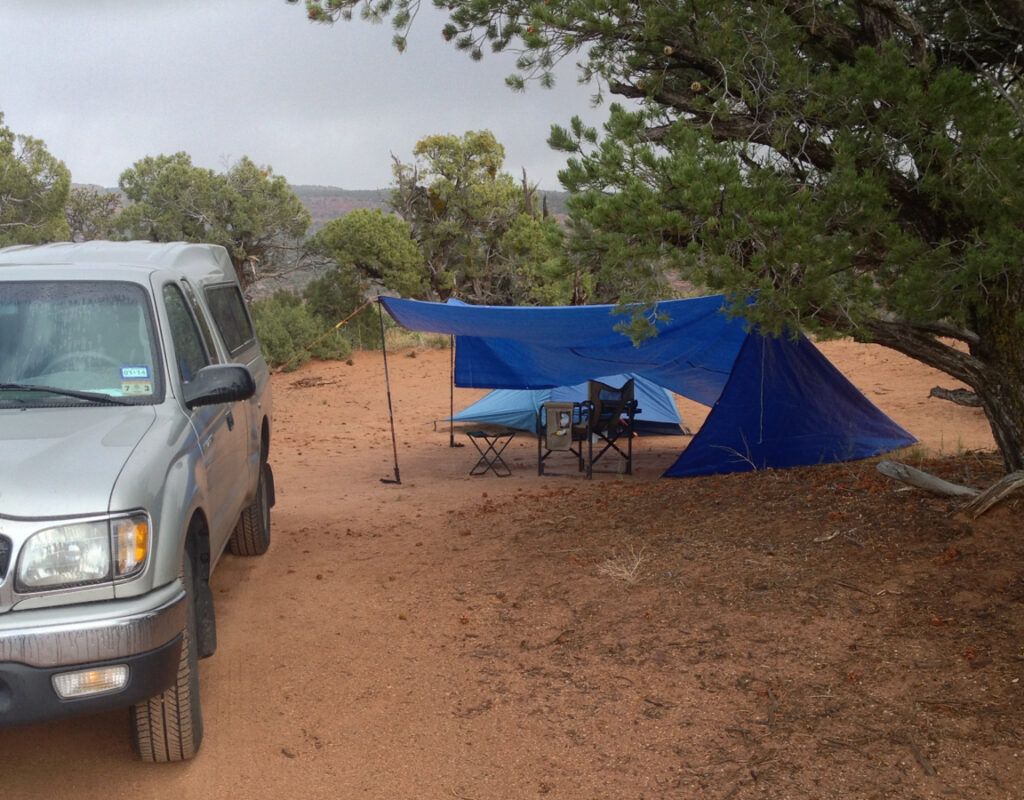
I purchased a 9′ x 9′ Kelty Noah’s Tarp a couple of years ago. I had difficulty in anchoring it for a couple of years, but this last time in Utah I finally got it staked down well (the pic at the top of this post). In a big wind, I still had to anchor one peg with a stool and a large water bag on top of it to make sure it didn’t pull out.
A note on Noah’s Tarp long term performance and maintenance.
Mine seemed to last about nine years, then one one drizzly, rainy week in Big Bend Ranch State Park I noticed the tarp had transitioned from “waterproof” to “water resistant.” I reached out to Kelty support for advice and their response was basically what REI says: REI recommends washing the tent with Nikwax Tent and Gear Solarwashfirst and then treating it with Nikwax Tent and Gear SolarProof Waterproofing Spray (VIDEO) For a tent seam sealant we recommend Gear Aid Seam Sure Water-Based Seam Sealer
Tarps can be crucial for enjoying your car camping experience; less so for backpacking I think, because when you’re backpacking, you’re going to be on the move the next day anyway. But car camping, you’re often going to stay put for a few days; the tarp can keep you protected from intermittent showers with little discomfort; you can cook underneath them, hang out, snooze, whatever. Beats the heck out of spending sixteen hours in a tent because of rain. And in desert environments such as those I regularly visit I wouldn’t dream of primitive camping without one to protect against the desert sun.

ZPacks gear
ZPacks accessories sell some pretty nifty lightweight gear for hiking and backpacking.

